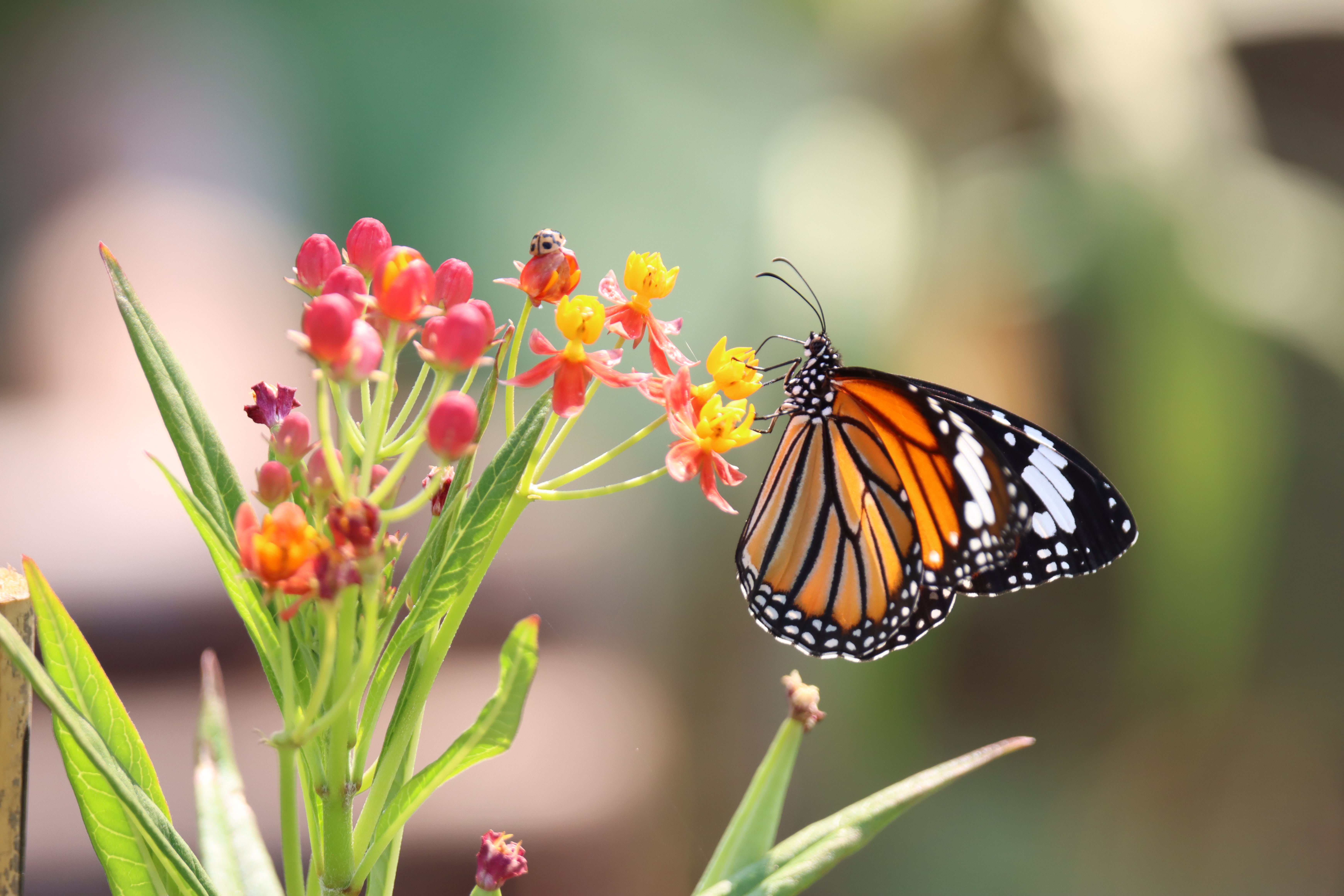Well-being Biodiversity in MQDC Projects
Biodiversity is critical in real estate development. Research & Innovation for Sustainability Center (RISC) has researched urban biodiversity and applied its findings with MQDC to develop the world's first biodiversity standard for real estate projects.This standard has 4 elements: conducting a biodiversity survey prior to project implementation, conserving plants and moving animals to safe locations, encouraging biodiversity through design, and monitoring biodiversity after project completion.
In addition to conducting research and putting it into practice, RISC shares knowledge with the public to spread its approaches and boost urban biodiversity.
The database of all plant and animal species can be found at click.
 0
0
 0
0
WHAT’S NEW
No data
KNOWLEDGE See All
By RISC | 2 weeks ago




